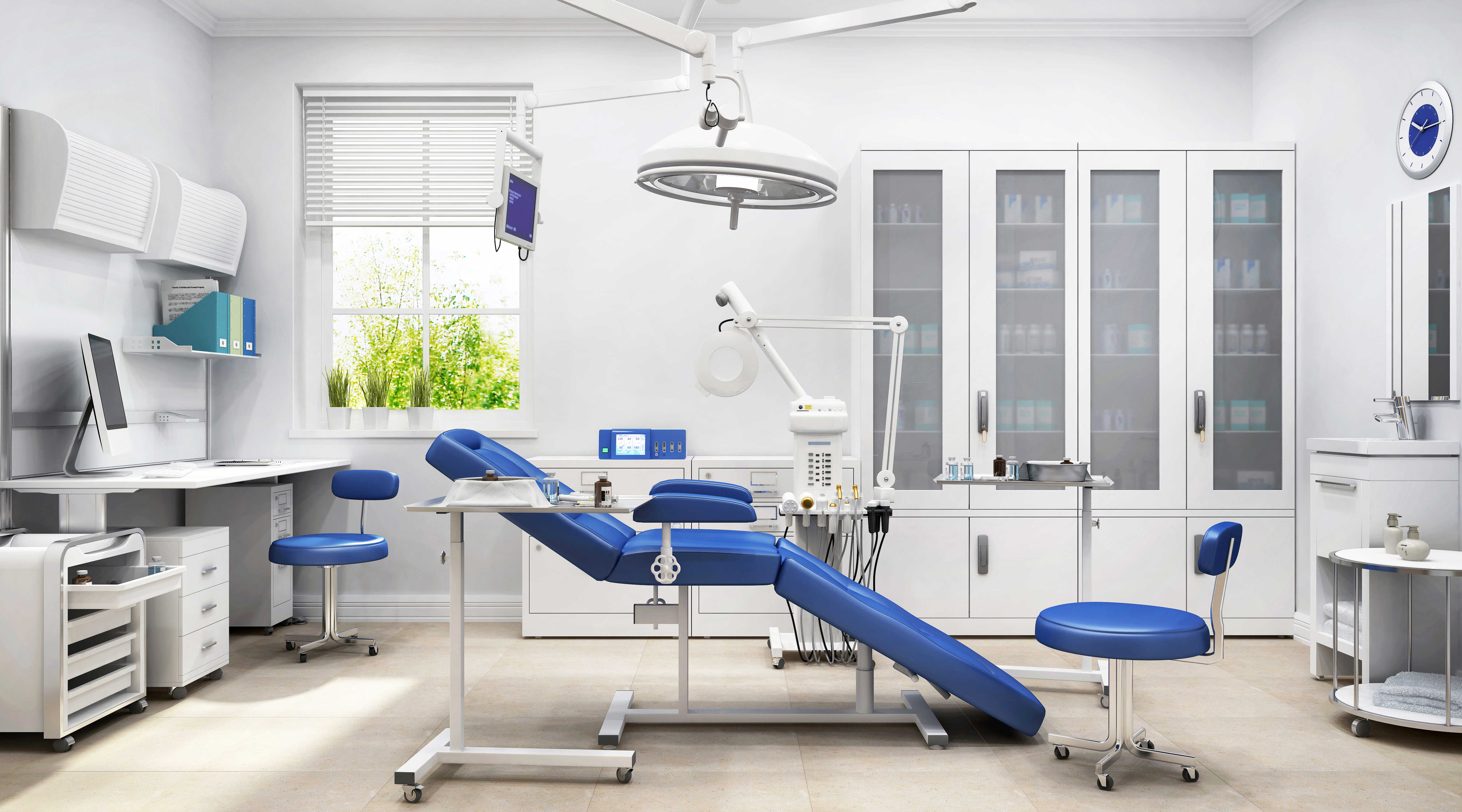
Our services
Early (severe) childhood caries
Oral and maxillofacial surgery
Endodontics
Aesthetic dentistry
Implantology
Orthodontics
Periodontology
Orthopedics
Orthopedics is a branch of dentistry that involves the diagnosis of disturbances in the healthy function of the jaw-facial and dental systems and the treatment of their causes and consequences. As a result of orthopedic treatment, defects in the alignment of the teeth are eliminated, anomalies in occlusion are corrected, and the full function of speech is restored. Orthopedic treatment allows us to correct the impaired chewing function and speech defects; at the same time, after orthopedic treatment, the patient's face returns to symmetry and the aesthetics of the features are enhanced. Veneers - Veneering is a widely used method in aesthetic dentistry through which it is possible to correct the shape, size, and color of teeth. Dental veneers are made from various materials and are mainly used for orthopedic purposes. Ceramic veneers are thin porcelain plates. The thickness of each veneer is approximately 0.3-0.5 millimeters and they are adhered to the tooth from the outside.
Veneer 360 - is functionally the same as a classic veneer. Unlike classic veneers, Veneer 360 covers the entire surface of the tooth. The thin porcelain plate adheres to the tooth from all sides and protects it from undesirable and harmful factors: bruxism, heavy tobacco use, pigmented food, coffee, etc.
Inlay - An inlay is the same porcelain filling that is used when there is a risk of fracture of large fillings or the natural tissues (edges) of the tooth. Unlike fillings, it does not change color, is much more firmly fixed to natural tissues, and is less susceptible to wear.
Bridges - Dental bridges are one of the methods for treating edentulism, and unlike dental implants, bridges use the adjacent teeth as support rather than the alveolar bone.
Crown - Covering teeth with crowns usually occurs in cases where the damage is extensive, indicating fractures, large fillings, restored crowns, significantly discolored teeth, bruxism, and pathological wear. Additionally, crowns are used for restoring dental implants. Depending on the material, crowns can be: porcelain, zirconia, metal-porcelain, or plastic. In any case, the functional and aesthetic aspects closely resemble natural teeth.



